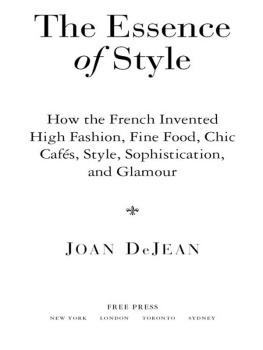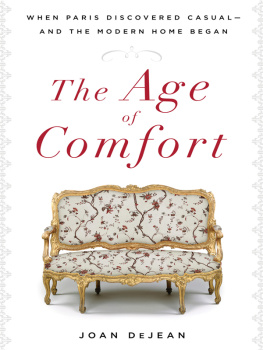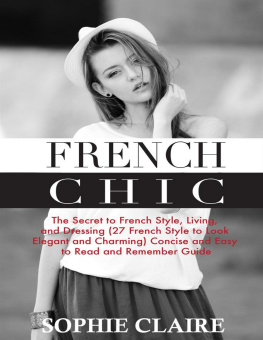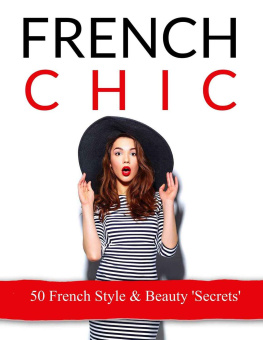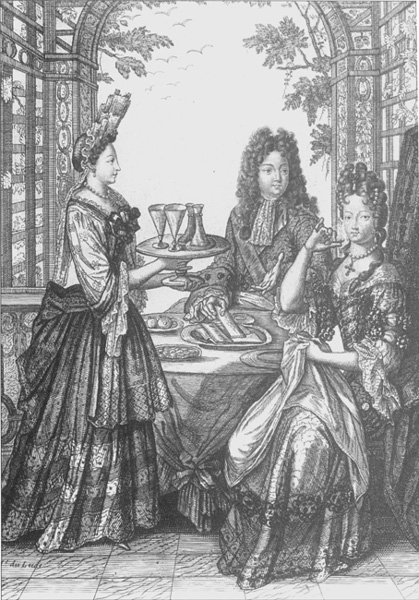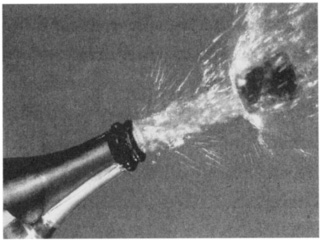Joan DeJean - The Essence of Style: How the French Invented High Fashion, Fine Food, Chic Cafes, Style, Sophistication, and Glamour
Here you can read online Joan DeJean - The Essence of Style: How the French Invented High Fashion, Fine Food, Chic Cafes, Style, Sophistication, and Glamour full text of the book (entire story) in english for free. Download pdf and epub, get meaning, cover and reviews about this ebook. year: 2007, publisher: Free Press, genre: Romance novel. Description of the work, (preface) as well as reviews are available. Best literature library LitArk.com created for fans of good reading and offers a wide selection of genres:
Romance novel
Science fiction
Adventure
Detective
Science
History
Home and family
Prose
Art
Politics
Computer
Non-fiction
Religion
Business
Children
Humor
Choose a favorite category and find really read worthwhile books. Enjoy immersion in the world of imagination, feel the emotions of the characters or learn something new for yourself, make an fascinating discovery.
- Book:The Essence of Style: How the French Invented High Fashion, Fine Food, Chic Cafes, Style, Sophistication, and Glamour
- Author:
- Publisher:Free Press
- Genre:
- Year:2007
- Rating:4 / 5
- Favourites:Add to favourites
- Your mark:
The Essence of Style: How the French Invented High Fashion, Fine Food, Chic Cafes, Style, Sophistication, and Glamour: summary, description and annotation
We offer to read an annotation, description, summary or preface (depends on what the author of the book "The Essence of Style: How the French Invented High Fashion, Fine Food, Chic Cafes, Style, Sophistication, and Glamour" wrote himself). If you haven't found the necessary information about the book — write in the comments, we will try to find it.
One of the foremost authorities on seventeenth-century French culture provides the answer to these and other fascinating questions in her account of how, at one glittering moment in history, the French under Louis XIV set the standards of sophistication, style, and glamour that still rule our lives today.
Joan DeJean explains how a handsome and charismatic young king with a great sense of style and an even greater sense of history decided to make both himself and his country legendary. When the reign of Louis XIV began, his nation had no particular association with elegance, yet by its end, the French had become accepted all over the world as the arbiters in matters of taste and style and had established a dominance in the luxury trade that continues to this day. DeJean takes us back to the birth of haute cuisine, the first appearance of celebrity hairdressers, chic cafes, nightlife, and fashion in elegant dress that extended well beyond the limited confines of court circles. And Paris was the magical center the destination of travelers all across Europe.
As the author observes, without the Sun Kings program for redefining France as the land of luxury and glamour, there might never have been a Stork Club, a Bergdorf Goodman, a Chez Panisse, or a Cristophe of Beverly Hills and President Clinton would never have dreamed of holding Air Force One on the tarmac of LAX for an hour while Cristophe worked his styling genius on the presidents hair.
Written with wit, dash, and lan by an author who knows this astonishing true story better than virtually anyone, The Essence of Style will delight fans of history and everybody who wonders about the elusive definition of good taste.
Joan DeJean: author's other books
Who wrote The Essence of Style: How the French Invented High Fashion, Fine Food, Chic Cafes, Style, Sophistication, and Glamour? Find out the surname, the name of the author of the book and a list of all author's works by series.

